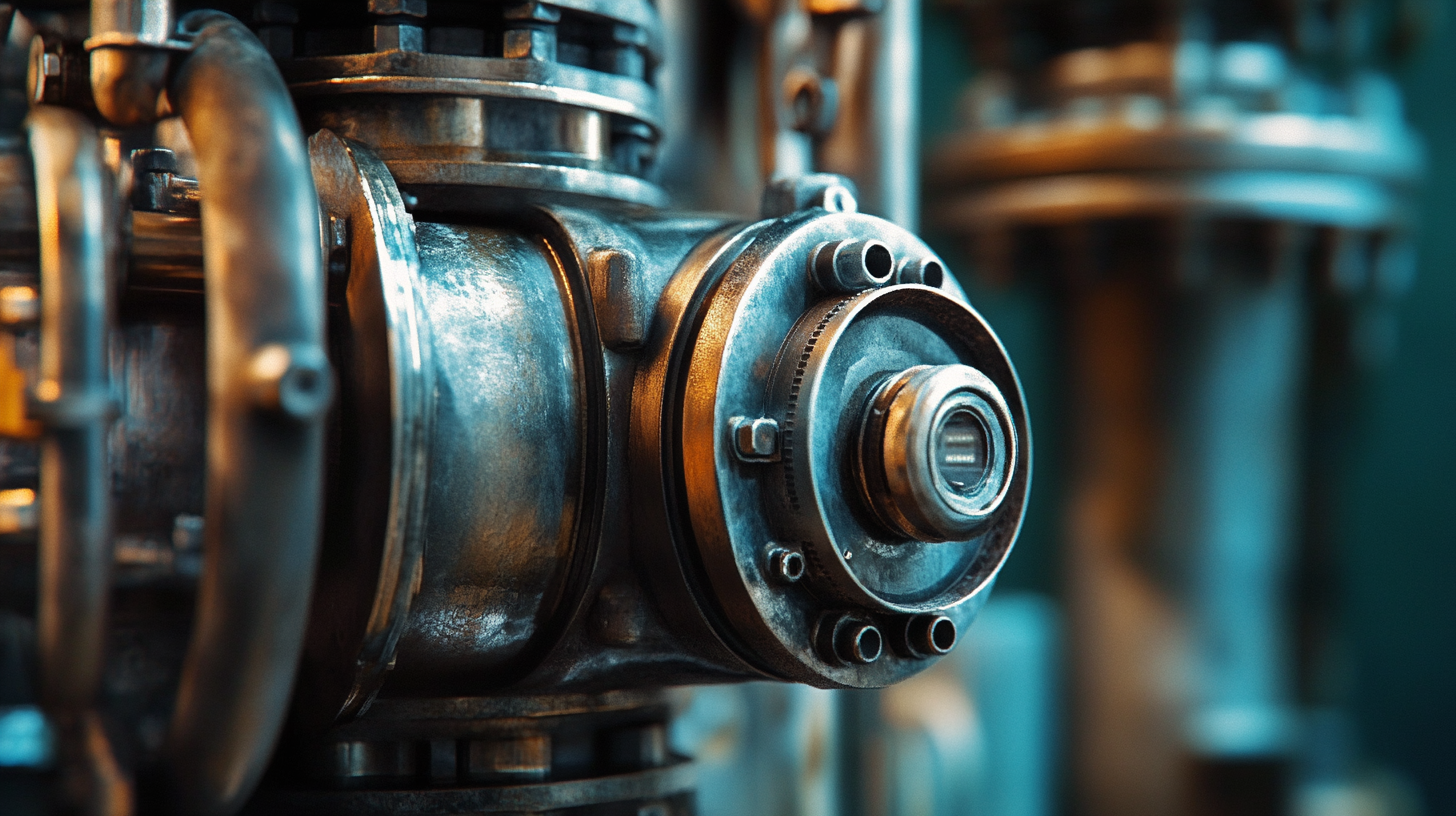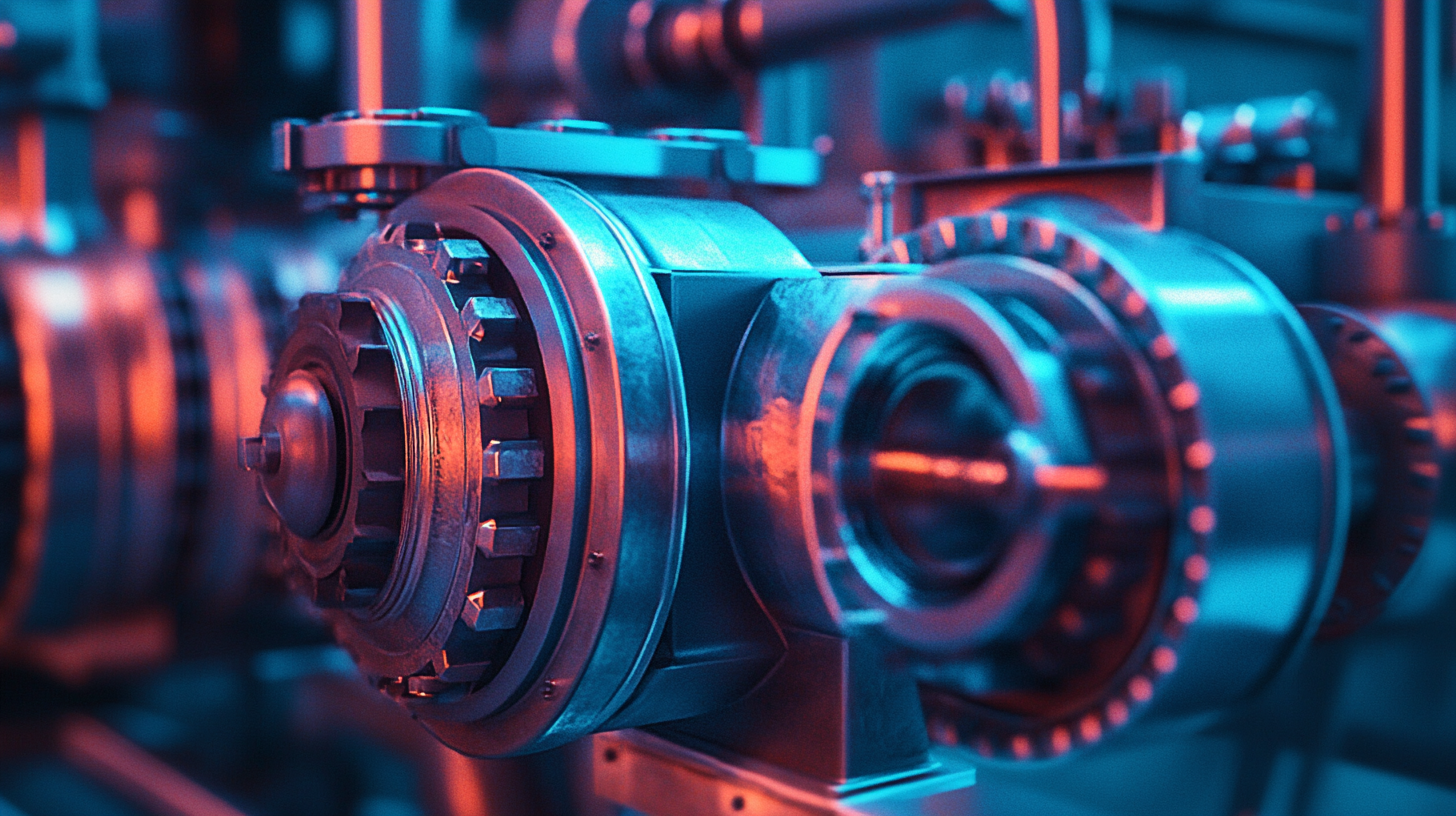How to Choose the Best Pump Parts for Optimal Efficiency and Longevity in Your Operations
In today's competitive industrial landscape, selecting the right pump parts is crucial for enhancing operational efficiency and ensuring longevity in various applications. According to a report by the World Pumps industry, improper selection of pump components can lead to a significant increase in energy consumption, accounting for up to 30% of a facility's total energy costs. Furthermore, an estimated 70% of pump failures are attributed to issues with component quality and compatibility, underscoring the importance of choosing high-quality pump parts tailored to specific operational needs. As industries across the globe strive for sustainability and cost-effectiveness, understanding the nuances of pump parts selection has become essential for maintenance teams and engineers alike. This blog will explore key factors to consider, and comparisons of different materials and designs, ensuring that your operations can achieve optimal performance while minimizing downtime and expenses.

Understanding the Importance of Quality Pump Parts in Operational Efficiency
Quality pump parts are crucial for ensuring operational efficiency in various industrial settings. According to a report by the Hydraulic Institute, up to 80% of pump failures can be traced back to poor-quality components and inadequate maintenance practices. This highlights the significance of investing in high-quality parts, which not only enhances the lifespan of pumps but also reduces unexpected downtimes, ultimately leading to significant cost savings.
Moreover, the American Society of Mechanical Engineers (ASME) emphasizes that utilizing top-grade materials and precision-engineered parts can improve pump performance by as much as 20%. This improvement directly translates to increased energy efficiency and reduced operational costs. For instance, a reliable pump system equipped with durable components can lower energy consumption, which, according to the U.S. Department of Energy, accounts for nearly 20% of industrial electricity use. Therefore, understanding the importance of quality pump parts is essential for optimizing workflows and maximizing productivity in any operation.

Key Factors to Consider When Selecting Pump Components
When selecting pump components for optimal efficiency and longevity, there are several key factors to consider. First, compatibility is paramount; it's essential to ensure that the chosen parts are compatible with the pump's specifications and the medium being transferred. Misalignment or unsuitable materials can lead to premature wear and failures, significantly impacting operational efficiency. Users should evaluate the pump's operating conditions—such as pressure, temperature, and flow rate—to choose parts that can withstand these demands.

Another crucial aspect is the material selection. The durability of pump components directly influences both efficiency and longevity. For instance, if the fluid being pumped is corrosive, opting for stainless steel or specialized alloys can mitigate the risk of corrosion and reduce maintenance costs over time. Additionally, considering the specific application of the pump can guide decisions on seals, bearings, and impellers to ensure optimal performance. By focusing on these factors, facilities can enhance their pumping systems' overall effectiveness and prolong their operational lifespan.
Evaluating Material Durability and Compatibility for Longevity
When it comes to choosing pump parts for optimal efficiency and longevity, evaluating material durability and compatibility is crucial. Each operation presents unique challenges that demand careful consideration of the environmental conditions and the fluids being pumped. For instance, materials such as stainless steel may offer excellent corrosion resistance in harsh environments, while plastic components might be more suitable for applications involving neutral or less aggressive fluids. Understanding the specific chemical interactions between pump parts and the fluids they handle ensures that the materials will not degrade over time, which can lead to costly failures and downtime.
Additionally, compatibility between different materials is essential for maintaining system integrity. Using dissimilar materials can result in galvanic corrosion, leading to premature wear and failure of both metal and non-metal parts. It’s important to consult compatibility charts and conduct thorough research on the materials’ properties to avoid potential issues. By prioritizing material durability and compatibility, businesses can enhance the lifecycle of their pump systems, reduce maintenance costs, and ensure reliable performance in their operations. Selecting the right pump parts not only improves efficiency but also contributes to the overall sustainability of industrial processes.
The Role of Proper Maintenance in Enhancing Pump Performance
Proper maintenance is critical in enhancing pump performance and ensuring operational efficiency. According to a report by the Hydraulic Institute, well-maintained pumps can achieve efficiencies of up to 90%, while neglected pumps can lose as much as 20-30% of their efficiency over time. Regular maintenance tasks, such as checking seals, bearings, and impellers, can help in identifying potential issues before they escalate, thereby preventing costly downtime and repairs.
Moreover, the overall lifespan of pumps can be significantly extended through diligent maintenance practices. The American Society of Mechanical Engineers (ASME) indicates that proactive maintenance strategies can increase pump longevity by 50%. This not only protects the investment in pump equipment but also ensures that operations run smoothly, leading to increased productivity. Implementing a structured maintenance schedule, complete with routine inspections and performance assessments, is essential for operators aiming to maximize both efficiency and lifecycle costs of their pumping systems.
Impact of Maintenance Frequency on Pump Efficiency
This chart illustrates the relationship between maintenance frequency and pump efficiency. More frequent maintenance leads to significantly higher efficiency, demonstrating the importance of regular upkeep in extending the lifespan and optimizing the performance of pump systems.
Innovative Trends in Pump Technology for Efficient Operations
In recent years, the pump industry has witnessed significant advancements driven by a need for greater efficiency and sustainability. Innovative trends in pump technology are reshaping the way operations function. One of the most notable developments is the integration of IoT (Internet of Things) capabilities, enabling real-time monitoring and data analytics. This allows for proactive maintenance, reducing downtime and extending the lifespan of pump components. By continuously analyzing performance metrics, operators can make informed decisions that lead to optimal efficiency.
Another trend enhancing operational efficiency is the use of advanced materials in pump parts. Manufacturers are now utilizing high-performance alloys and composites that withstand corrosion and wear better than traditional materials. This not only improves longevity but also reduces the frequency and cost of replacements. Additionally, smart variable frequency drives (VFDs) are gaining traction, allowing pumps to operate at varying speeds based on demand, which conserves energy and minimizes operational costs. These innovations collectively contribute to a more sustainable approach in industrial operations, transforming the way pumps are utilized in various applications.


